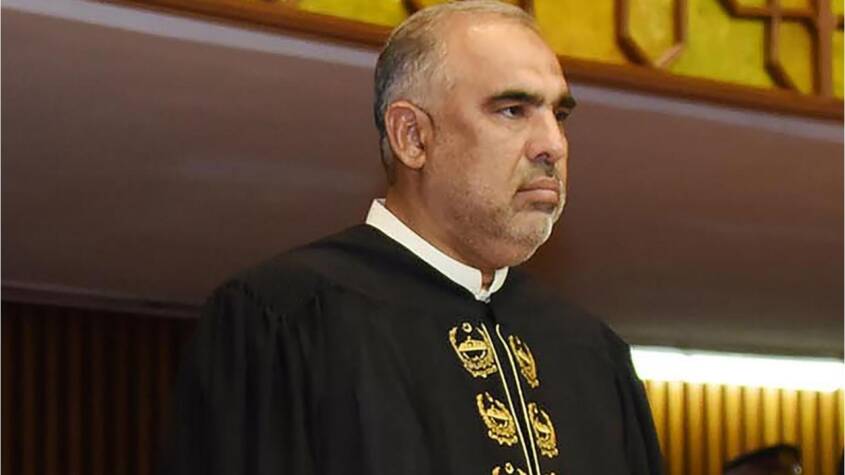Pakistan repays $1B loan to China in two equal installments this months, as stated by officials.
Pakistan has repaid a $1 billion Chinese commercial loan with the expectation of securing refinancing soon, which temporarily reduced the country’s foreign exchange reserves to a six-month low of $10.6 billion.
According to Pakistani officials, the government repaid the $1 billion loan from the Industrial and Commercial Bank of China (ICBC) in two equal installments this month. The loan, originally granted two years ago, carried a floating interest rate of around 7.5%.
Sources indicated that another $300 million loan installment from ICBC is set to mature by mid-April. The government plans to settle this amount as well in the coming month.
Due to the repayment of the second $500 million tranche in mid-March, the central bank’s reserves declined to $10.6 billion, marking their lowest level in six months. The initial $500 million installment had been cleared in early March, with the central bank offsetting the impact through dollar purchases from the market and foreign inflows.
Earlier, the central bank governor stated that in 2024, the institution purchased $9 billion from the market to strengthen foreign exchange reserves. Without these purchases, reserves would have been reduced to nearly $2 billion, despite assistance from the International Monetary Fund (IMF).
The Finance Ministry remains optimistic that ICBC will refinance the loan facility, confirming that discussions have already begun, though the interest rate terms are yet to be finalized.
Pakistan relies significantly on financial support from China, which consistently rolls over $4 billion in cash deposits, $6.5 billion in commercial loans, and a $4.3 billion trade financing facility.
Between April and June 2024, an additional $2.7 billion in Chinese commercial loans will mature. In June alone, a $2.1 billion syndicated loan from three Chinese commercial banks, along with a $300 million loan from the Bank of China, will require refinancing to maintain critical reserve levels.
The country continues to depend on fresh foreign loans, as well as rollovers and refinancing of existing debt, to prevent a depletion of reserves. Unlike previous instances, Pakistan’s IMF program has not facilitated substantial foreign financing this time.
Pakistan and the IMF recently reached a staff-level agreement on completing the first review of the Extended Fund Facility. If approved by the IMF board, this agreement will unlock a $1 billion loan tranche.
However, the exact timing of the IMF board meeting remains uncertain due to various domestic and external factors. The board may review Pakistan’s case in May or June, with efforts being made to finalize the first review and disburse funds before June’s end.
Should the meeting be delayed until June, the IMF may first evaluate and approve Pakistan’s fiscal budget for 2025-26. Several unresolved matters, including taxation on real estate, beverages, and tobacco, remain under discussion. The IMF is firm on maintaining transaction taxes on property to redirect investments from speculative to productive sectors.
Last month, Pakistan requested China to reschedule $3.4 billion in debt for two years to help bridge a foreign funding gap identified by the IMF. The request was submitted to the Export-Import (Exim) Bank of China for restructuring loans maturing between October 2024 and September 2027.
The Finance Ministry has not officially disclosed updates on the request. Pakistan must secure financing sources to cover an external financing gap of $5 billion over the three-year IMF program period.
During the recent IMF review discussions, the Fund acknowledged that Pakistan’s external sector has stabilized but noted persistent vulnerabilities. It recommended a combination of strict fiscal and monetary policies alongside exchange rate flexibility to address these challenges.
While the Pakistani rupee has remained relatively stable this fiscal year, minor depreciation has been observed in recent days. On Thursday, the rupee closed at Rs280.2 per US dollar.
Related Posts

















